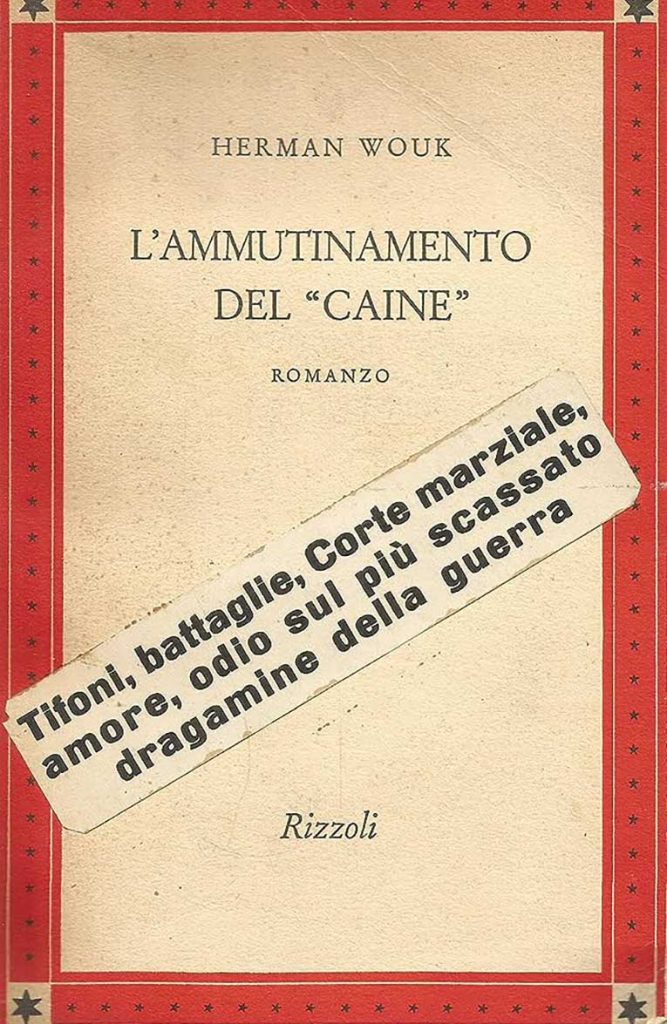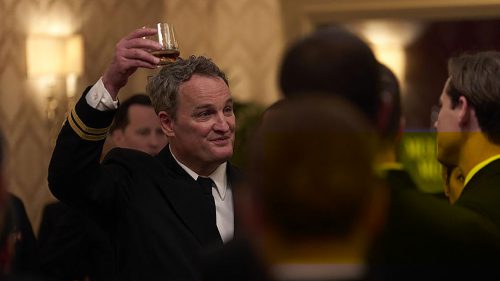

Six years since documentary The Devil and Father Amorth and twelve since the beautiful Killer Joe, William Friedkin would have been to Venice with his latest fiction feature, 2023
Every time I think of historical novels, I cannot but think of how let down I was when, aged fourteen, I read the full Ivanhoe (1819), the first of modern historical novels. What a bore. I expected adventure and duels, but instead, I got what E. M. Foster described as poor stories and colourless, thin characters. How different is The Caine Mutiny Court-Martial a 1951 novel by Herman Wouk. The novel was a sensation in both the United States and Europe at the time. I own the first Italian edition of the novel, published in 1952. The book starts with a recollection of Navy rules that govern the replacement of an officer on part of his subaltern, and a note explaining how the mutiny is not really the point. “The story begins with Willie Keith because the event turns on his personality as the massive door of a vault turns on a small jewel bearing”.
A crime novel and a courtroom drama (as such it was staged in Broadway in 1954), a love story (the protagonist’s with May Wynn) and of music club life (it was the time of Cole Porter’s Nights and Days and Sinatra’s swing).
The description of the difference in character between two sea captains is the topic of several war stories, like by Sy Bartlett and Bernie Lay, adapted into a fantastic film by Henry King in 1949. Wouk’s novel was also adapted for the big screen. In the 1954 movie, director Edward Dmytryk and lead actor Humphrey Bogart managed to build a beautiful balance between the several souls of the novel.